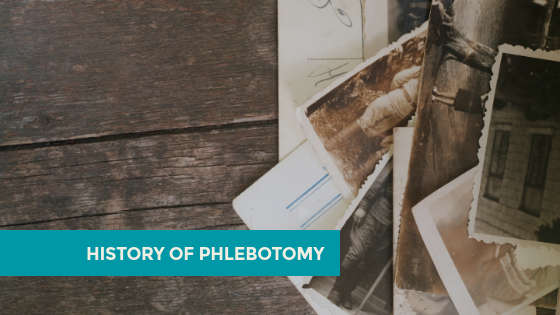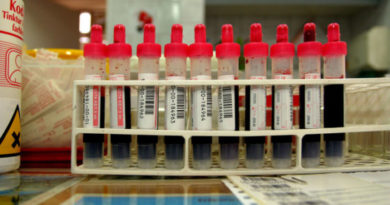The History of Phlebotomy
Phlebotomy is the science of drawing blood and it has been going on as a medical practice for ages. Originally, the practice of phlebotomy was known as bloodletting whereas today, we use phlebotomy for diagnostic purposes, bloodletting was used as a form of medical treatment.

Birth of Phlebotomy
One of the oldest medical practices around, bloodletting can be traced back as far as the time of Hippocrates, perhaps even earlier.
The ancient Greeks considered medicine from the standpoint of the four humors – they were blood, phlegm, yellow bile, and black bile. These humors were related to the classical Greek elements of air, water, earth, and fire. Graham Ford said, “Health was thought to be restored by purging, starving, vomiting, or bloodletting.”
Phlebotomy in the Middle Ages
During the Middle Ages, barbers were the principal practitioners of bloodletting. A physician would recommend the treatment and the local barber would be employed to carry it out.
It has been suggested that the traditional barber’s pole was a sign of a barber who was skilled in the practice of bloodletting. Supposedly, the red stripe represented the blood, the white stripe represented the tourniquet, and the pole itself was indicative of the stick the patient squeezed to facilitate the flow of the blood.
Phlebotomy in more recent times
In the early 19th century leeches became a widely utilized means for bloodletting. The method was employed throughout Europe.
The use of bloodletting began to fade out in the late 19th century. Today, it is used as a method of treatment in very rare circumstances, primarily in cases of hemochromatosis and polycythemia.
Want to learn more about Phlebotomy?
- Learn everything about phlebotomy salaries
- Know how to become a phlebotomist, step by step
- Explore phlebotomy resources



